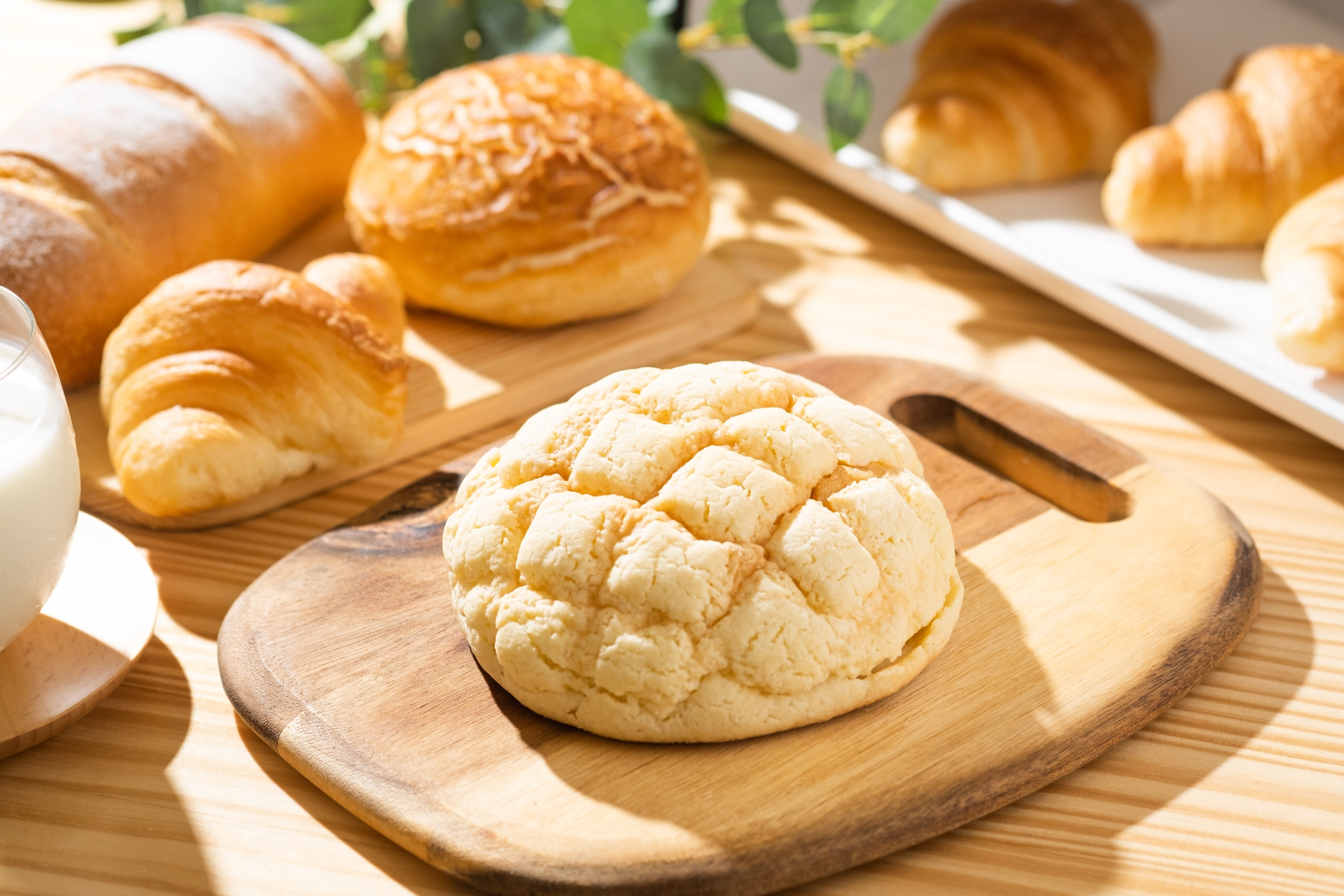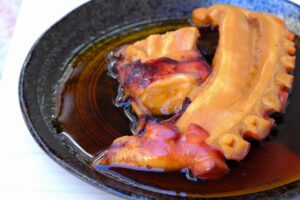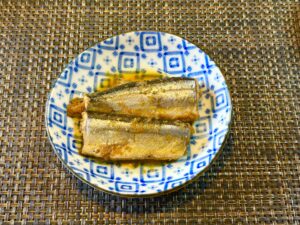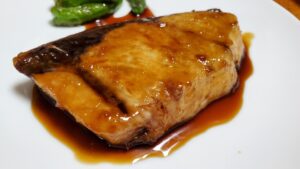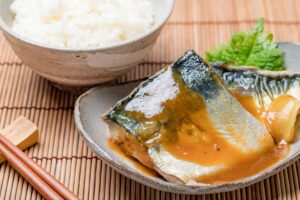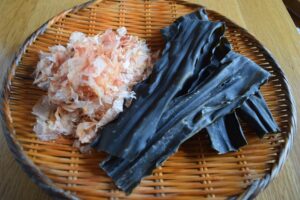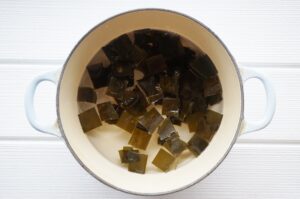Melonpan is more than just a delightful treat; it’s a cultural symbol that combines tradition, flavor, and creativity. In this article, we’ll explore its origins, variations, recipes, and where to find the best melonpan around the world.
What is Melonpan?
Melonpan, a beloved Japanese sweet bread, is known for its unique appearance and flavor. It features a soft, fluffy interior encased in a sweet, cookie-like crust that often bears a grid pattern resembling a melon. Despite its name, melonpan rarely contains melon flavor; the term likely refers to its shape or texture.
Originating in Japan during the early 20th century, this confection has become a cultural icon, cherished for its nostalgic appeal. Its ingredients typically include flour, sugar, butter, and eggs for the bread base, with additional sugar, butter, and flour creating the signature crust. Some modern variations incorporate real melon flavor or other innovative twists.
How to Make Melonpan at Home
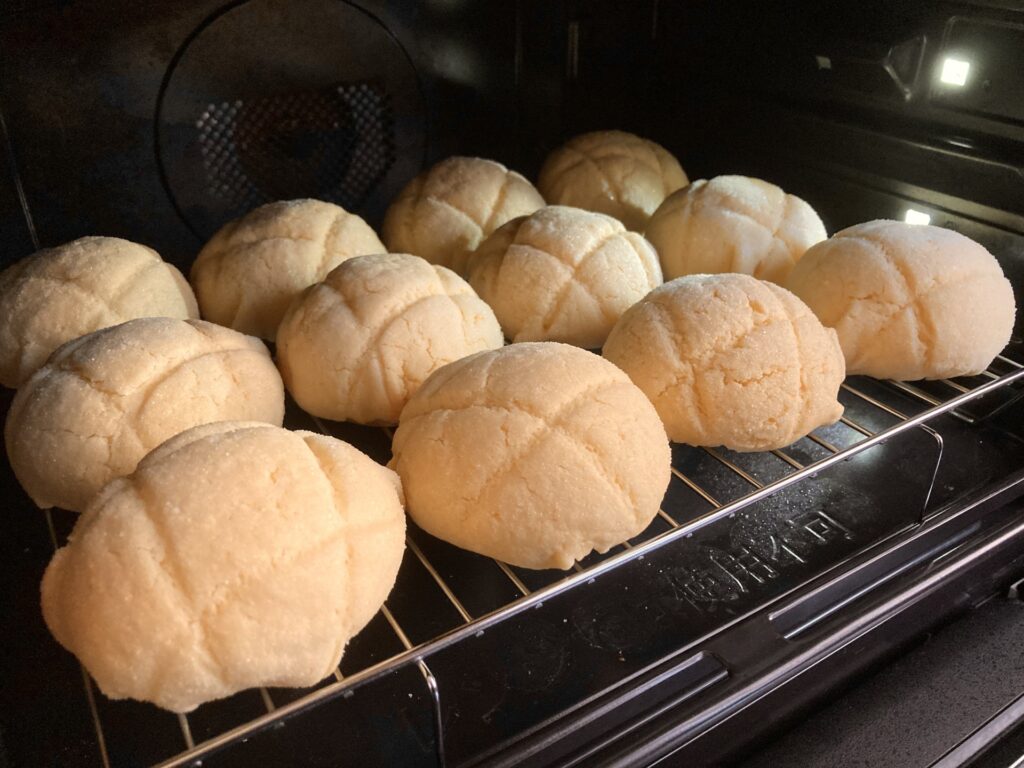
Creating melonpan at home is a rewarding experience that allows you to tailor the sweetness and texture to your liking.
Traditional Melonpan Recipe
- Prepare the Bread Dough:
- Mix flour, yeast, sugar, salt, and milk until a smooth dough forms.
- Add butter and knead until elastic. Let it rise for 1 hour.
- Make the Cookie Dough:
- Cream butter and sugar, then mix in egg and flour to form a soft dough. Chill for 30 minutes.
- Assemble:
- Divide the bread dough into balls, cover each with a thin layer of cookie dough, and score a grid pattern on top.
- Bake:
- Bake at 180°C (350°F) for 15-20 minutes or until golden.
Variations:
- Chocolate Melonpan: Add cocoa powder to the cookie dough.
- Matcha Melonpan: Infuse the dough with matcha powder for a vibrant green hue and earthy flavor.
Beginner Tip: Use parchment paper to prevent sticking, and practice the grid pattern on wax paper first.
The Cultural Significance of Melonpan
Melonpan occupies a unique place in Japanese culture. Often enjoyed as a snack or dessert, it evokes a sense of nostalgia for many. Its depiction in anime, manga, and other media has further cemented its status as a symbol of Japanese confectionery. Iconic characters like Doraemon are sometimes portrayed enjoying melonpan, adding to its charm and appeal among fans.
Best Places to Enjoy Melonpan
When in Japan, tasting freshly baked melonpan is a must. Here are some renowned spots:
| Location | Famous Bakery | Specialty Melonpan |
| Tokyo | Kagetsudo in Asakusa | Jumbo-sized melonpan |
| Kyoto | Nishiki Bakery | Matcha-infused melonpan |
| Osaka | Melon de Melon | Custard-filled melonpan |
| Hiroshima | Andersen Bakery | Classic-style melonpan |
Travel Tip: Visit bakeries in the morning for the freshest experience.
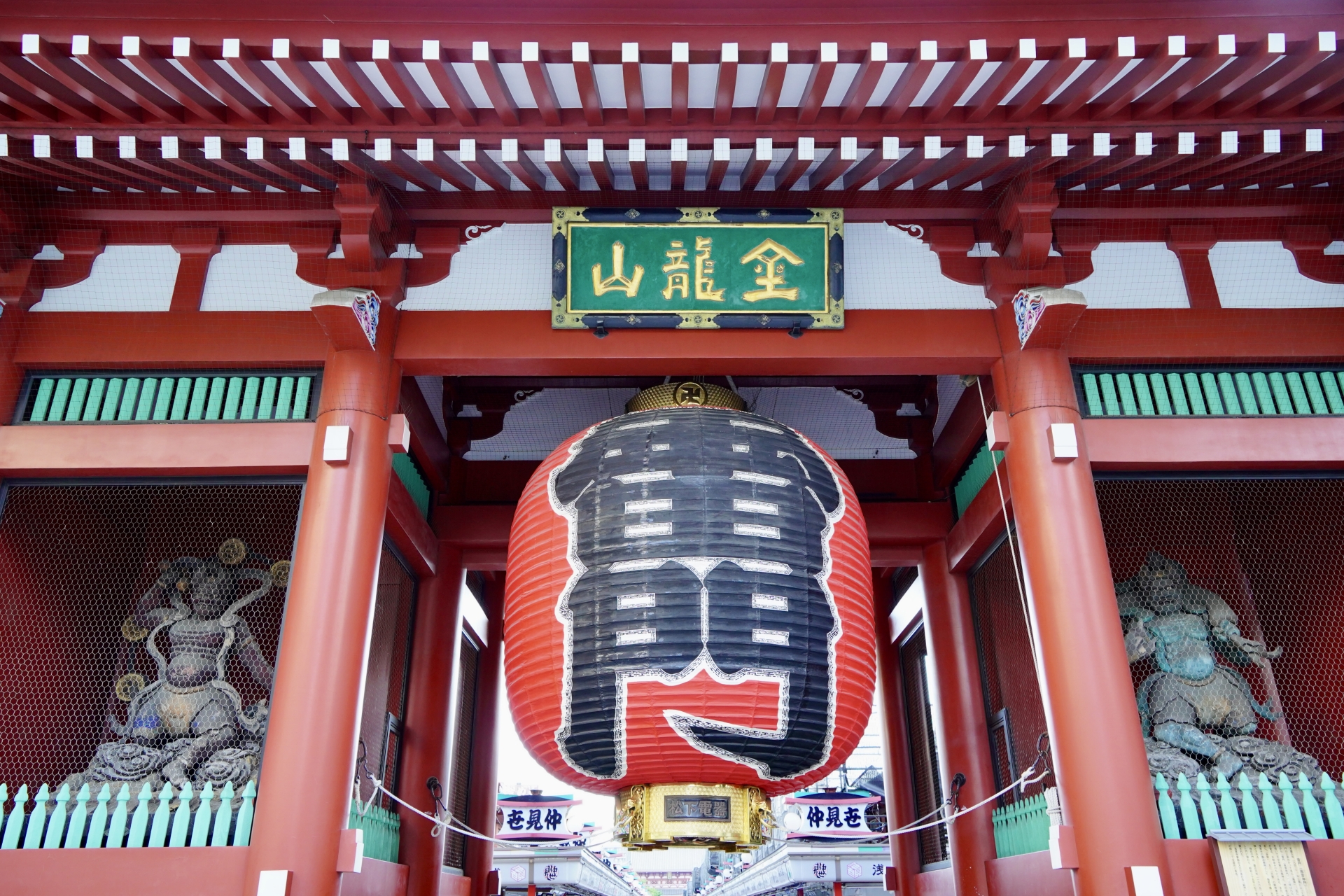



Melonpan Variations Around the World
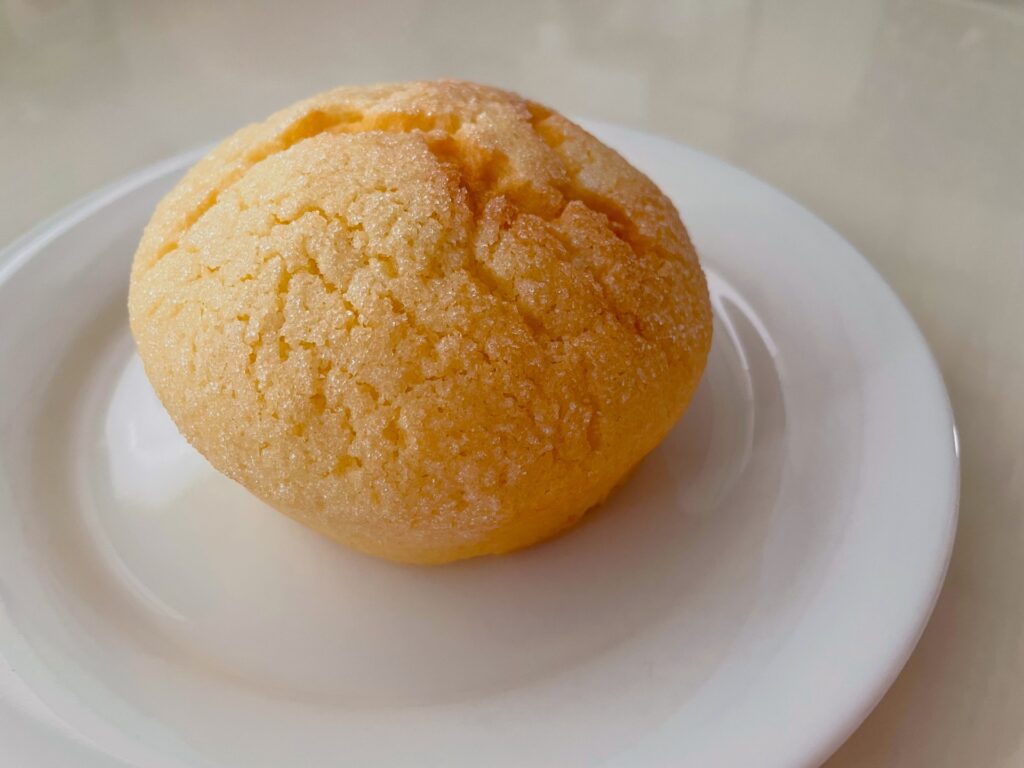
Melonpan’s popularity has led to creative adaptations globally:
- Korea: Incorporates red bean paste for a fusion of textures.
- United States: Features fillings like peanut butter or Nutella.
- Europe: Uses brioche-like dough for a richer flavor.
These variations highlight the versatility of melonpan and its ability to adapt to diverse culinary traditions.
Healthier Alternatives to Melonpan
For health-conscious or dietary-restricted individuals, alternative versions of melonpan are available:
- Gluten-Free: Use rice flour and xanthan gum.
- Vegan: Replace butter with coconut oil and use almond milk.
- Low-Sugar: Substitute sugar with natural sweeteners like stevia.
Pro Tip: Experiment with almond or oat flour for a nutty, wholesome twist.
Conclusion
Melonpan represents the perfect blend of tradition, innovation, and universal appeal. Whether you’re savoring it in Japan or recreating it at home, this sweet bread promises to delight and inspire.

